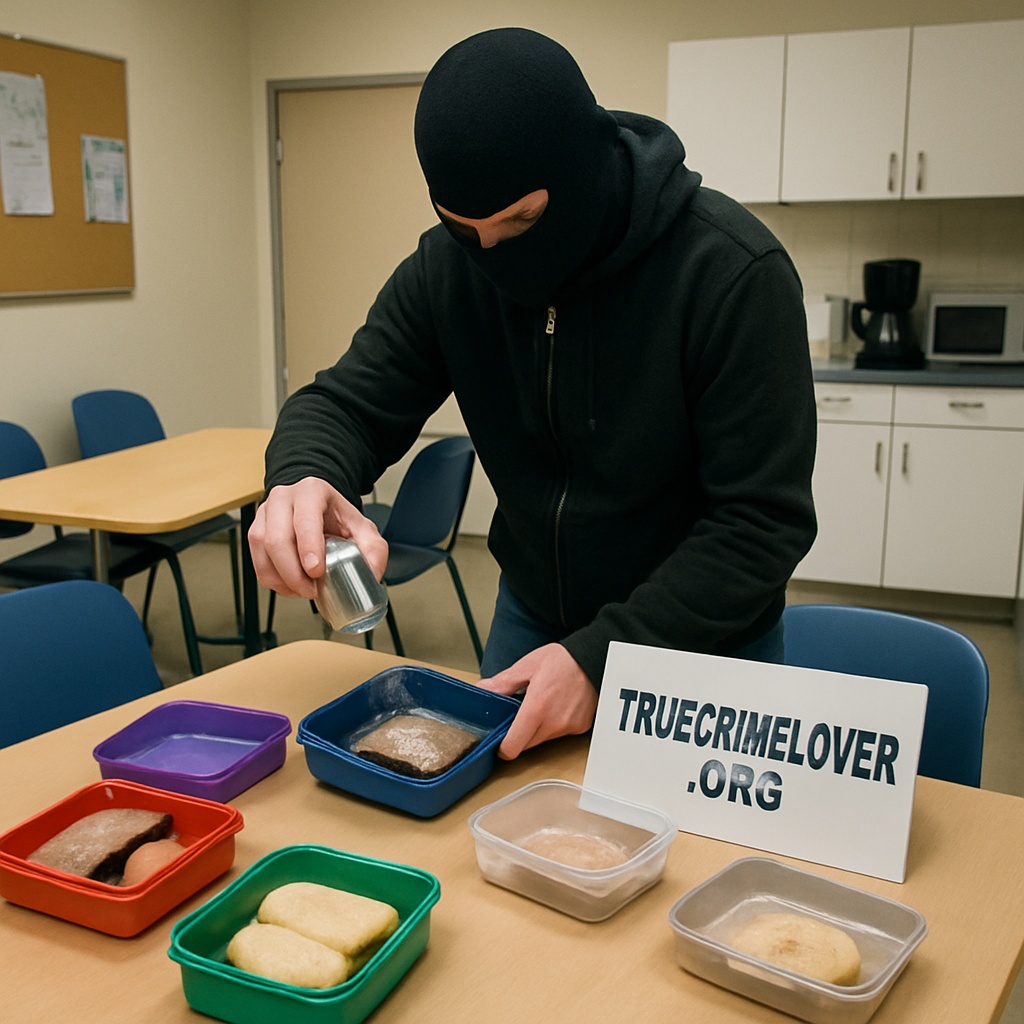
The Fanta Murder
One of the most popular soft drinks worldwide is the fruity, sparkling lemonade Fanta with its classic orange flavor. Ironically, this lemonade became a deadly weapon in one of the most mysterious cold cases in German criminal history to date. It was December 18, 2006, when 44-year-old family man Johann Isaac sat with a colleague in the break room before starting his night shift at the BASF plant in Minden, solving a Sudoku puzzle. Then he walked over to the refrigerator, which was accessible to all colleagues, where he had put his Fanta on ice the day before. As he drank it, he remarked to his colleague that it tasted strange. Then he turned pale as a ghost, foam ran from his mouth, and he fell to the floor. His colleague immediately called the emergency doctor. But help came too late, and Johann died that same night in the hospital. The autopsy revealed that the lemonade had been poisoned with cyanide. This poison blocks oxygen uptake, causing Johann to suffocate internally. When two investigators opened a second Fanta bottle in the main guard building, which belonged to a colleague of Johann’s, they were met with poisonous fumes. This caused the 37-year-old detective chief inspector to faint, while his 48-year-old colleague felt nauseous. Who had poisoned the Fanta bottles and why? Was the attack an act of revenge against the chemical company BASF, which had announced that it would be cutting 190 full-time jobs at its Minden site, or was there a personal motive behind it? Suicide was ruled out. The chemical worker was considered a life-affirming person who was a happily married family man. The Bielefeld homicide squad launched Operation “MK Kühlschrank” (MK Fridge), which investigated the case at full speed. They focused on Johann’s immediate environment, his work colleagues, friends, and family members. After the poison attack, there was great fear among the workforce at the BASF plant in Minden. Fearing a possible second attack, the canteen was closed and over 200 beverage bottles were examined. The poison had come from the sodium cyanide storage facility. The murderer was likely an employee of the BASF plant. Security measures were therefore tightened. The storage facility was not only fitted with new locks, but also with a video surveillance system and additional access controls. After five months of intensive investigation, there were still no clues as to the murderer of Johann Isaac, which is why the “MK Kühlschrank” investigation was shelved. Since then, the files have been with the Bielefeld public prosecutor’s office. However, as there is no statute of limitations for murder, the investigation can be reopened at any time. Only time will tell whether this cold case will remain a mystery forever.
Share this content:











Post Comment